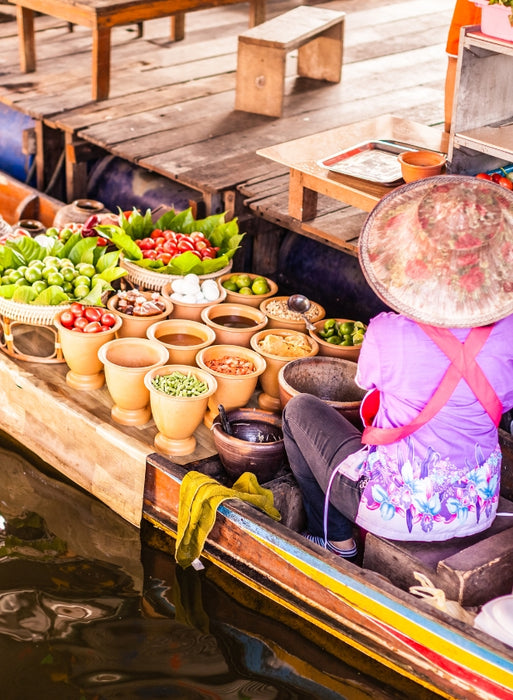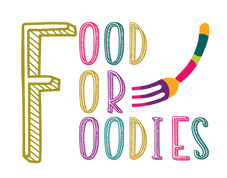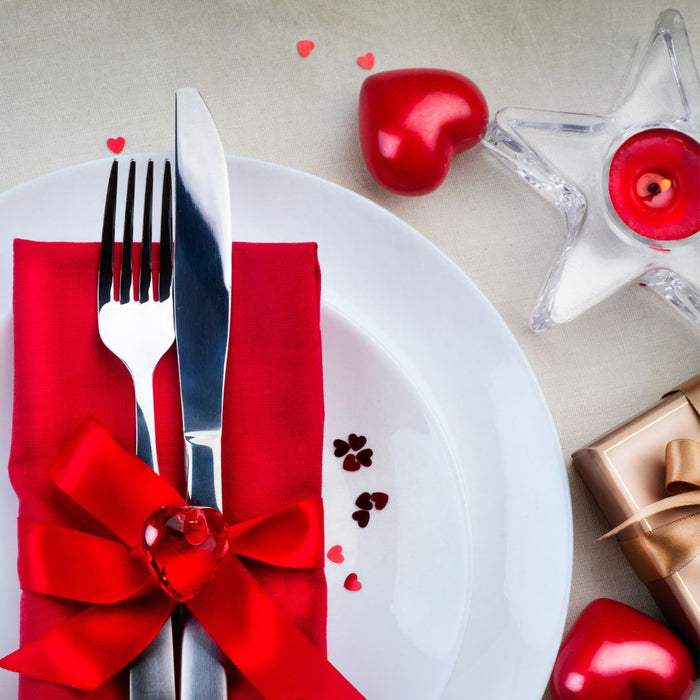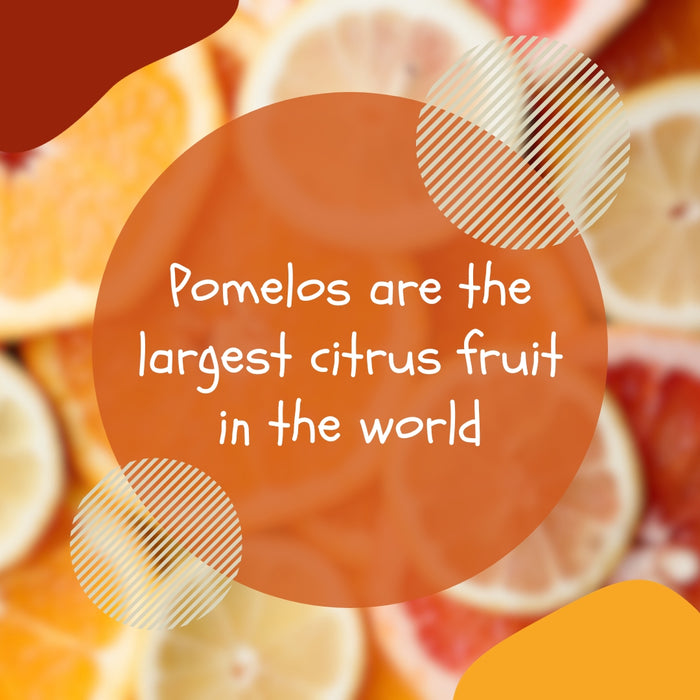The Mooncake has transcended its humble Chinese origin, evolving into a global culinary phenomenon that unites food lovers across continents. This beautifully-decorated piece of the gastronomic world is not only celebrated for its exquisite taste but also the rich cultural heritage it symbolically carries. In this blog post, we embark on an enriching journey to explore how this iconic festival treat became an international conversation starter, transforming from a traditional Mid-Autumn Festival delicacy into a universal symbol of unity and cultural exchange. Prepare your palate as we guide you through the magnificent variety, ingenious adaptations and fascinating stories behind the worldwide enchantment with mooncakes.
The cultural exchange of mooncakes has been happening for centuries, especially in countries that celebrate Mid-Autumn Festival. As the festival and mooncakes spread, they have taken on local flavours and traditions. For example, Vietnamese mooncakes typically have a savoury filling, while Taiwanese ones may feature ice cream. This exchange highlights how food can bring people together across cultures and borders.
The Origin and Tradition of Mooncakes
Mooncakes have a rich history that spans centuries, originating in China during the Tang Dynasty (618-907 AD). These delectable pastries were initially created as a tribute to the moon during the Mid-Autumn Festival. This festival, also known as the Moon Festival or Mooncake Festival, is celebrated on the 15th day of the 8th month in the Chinese lunar calendar, usually falling in mid-September to early October.
Legend has it that mooncakes were used as a symbol of communication and resistance during a time when China was under Mongol rule. The Chinese revolutionaries would hide secret messages inside the mooncakes and distribute them amongst their allies without arousing suspicion from the Mongols. This act of rebellion laid the foundation for mooncakes becoming an integral part of Chinese culture and tradition.
While traditional mooncakes have evolved over the years, certain characteristics remain consistent. The round shape symbolises unity and completeness, much like the full moon during the Mid-Autumn Festival. The crusts are often beautifully designed with intricate patterns and embossed characters depicting good luck symbols or messages. Traditional fillings include lotus seed paste, red bean paste, and salted egg yolks that offer contrasting flavours and textures.
Today, mooncakes continue to be highly regarded not only in Chinese culture but also among communities who celebrate the Mid-Autumn Festival across East Asia and Southeast Asia. These communities share a common appreciation for family, unity, and gratitude for abundant harvests.
Now that we have explored the origin and tradition of mooncakes within Chinese culture, let's delve into how these customs have spread worldwide and influenced various communities.
- Mooncakes have a rich history originating in China during the Tang Dynasty and are an integral part of Chinese culture and tradition. They were used as a symbol of communication and resistance during a time when China was under Mongol rule and have since evolved with intricate designs and traditional fillings like lotus seed paste and salted egg yolks. Today, mooncakes continue to be highly regarded among communities who celebrate the Mid-Autumn Festival across East Asia and Southeast Asia, symbolising family, unity, and gratitude for abundant harvests. Their customs have spread worldwide and influenced various communities.
Influence of Mooncake Customs Around the World
As Chinese immigrants settled in different parts of the world over centuries, they brought along their cultural practises and, inevitably, their love for mooncakes. Consequently, the influence of mooncake customs has spread far beyond China's borders, leaving a delicious impact in various countries.
In places like Hong Kong and Taiwan, where Chinese culture is deeply rooted, mooncakes are readily available during the Mid-Autumn Festival season. Families gather under the enchanting glow of lanterns to enjoy these sweet treats while appreciating the full moon's beauty. Similarly, Chinatowns located in cities such as San Francisco, New York, and London showcase an array of mooncakes from different regions of China, providing a taste of tradition for both locals and visitors.
| Country |
Influence Of Mooncake Customs |
| Malaysia |
Malaysians have embraced the tradition of mooncakes, creating unique flavour combinations like durian-infused |
| fillings to cater to local tastes. Mooncake gift giving is also prevalent during festivals |
|
| Vietnam | Vietnamese "Bánh Trung Thu" or Mid-Autumn Festival prominently features mooncakes as a significant part | | of the celebrations. These versions often have a flakier crust and fillings such as mung bean paste or meat |
Much like how the aroma of freshly baked bread travels through the streets enticing passersby, interest in mooncakes has reached even non-Chinese communities around the globe. The allure lies not only in their delicate taste but also in the sense of unity and celebration they represent.
However, it's important to note that while mooncake customs have gained popularity worldwide, they have also adapted to local palates and cultural contexts. The variations found in these global regions reflect an amalgamation of traditional flavours and innovative twists that embrace both heritage and creativity.
Having explored the influence of mooncake customs across different countries, we can truly appreciate the global reach and significance of these delightful treats.
Sharing and Adapting Mooncakes Globally
Mooncakes, a traditional Chinese pastry often associated with the Mid-Autumn Festival, have transcended cultural boundaries and gained global popularity as a symbol of cultural exchange. Over the years, these delectable treats have been shared and adapted across different countries, embracing local flavours and customs while maintaining their essence. This exchange has not only enriched the understanding of Chinese culture but has also fostered a sense of unity among diverse communities around the world.
In recent years, mooncakes have become trendy gifts during the Mid-Autumn Festival, and their popularity has spread beyond traditional Chinese communities. Expatriates living abroad, people of Chinese descent, and even individuals from non-Chinese backgrounds are increasingly embracing mooncakes as a way to connect with the Chinese culture or simply enjoy their delightful taste. The act of sharing mooncakes has become a gesture of goodwill and appreciation for one's heritage.
For instance, in countries like Malaysia and Singapore with large ethnic Chinese populations, mooncakes have become an integral part of their cultural celebrations during the Mid-Autumn Festival. However, what makes these adaptations fascinating is the incorporation of local flavours that cater to diverse palates. In Malaysia, for example, durian flavour mooncakes are immensely popular among locals who enjoy the pungent fruit's unique taste.
As mooncakes continue to gain popularity globally, it's intriguing to observe how different countries adapt these pastries to suit their own culinary preferences.
- According to a report by Nielsen in 2018, mooncake sales were not confined to Asia, but stretched across the globe with up to 40% of all mooncake sales made outside of Asia.
- A study published in International Migration in 2017 suggested that diasporic Chinese communities in particular have played a key role in spreading the tradition of the Mid-Autumn Festival and mooncakes, with celebrations reported in over 57 countries.
- A survey conducted by China's Ministry of Culture and Tourism in 2021 found that approximately 78% of respondents from different cultures have tasted or heard about mooncakes, indicating its prominent role in cultural exchange around the world.
Different Flavours and Shapes Across the Globe
Just like languages evolve with regional accents and dialects, mooncakes have undergone transformation in terms of flavours and shapes across different parts of the world.
While traditional Chinese mooncakes are typically filled with lotus seed paste or red bean paste and sometimes include salted egg yolk for extra richness, international variations offer exciting twists. In Japan, for instance, the "tsukimi" mooncake features a smooth chestnut filling and is decorated with an egg yolk in the centre to resemble a full moon. This unique adaptation pays homage to Japanese appreciation for nature and their traditional moon-viewing custom.
South Korea, on the other hand, offers a variation called "songpyeon," which are small rice cakes shaped like half-moons filled with ingredients such as sesame seeds, red beans, or nuts. These distinctive treats are enjoyed during the Chuseok holiday, a Korean harvest festival similar to the Chinese Mid-Autumn Festival.
Additionally, some countries have even introduced savoury mooncakes to cater to different tastes. In Vietnam, "banh trung thu" or "moon cakes" can be found both in sweet and savoury varieties. The sweet options often include flavours like green bean paste or lotus seed paste, while the savoury versions may include fillings such as minced meat or salted egg yolks mixed with dried shrimp.
Beyond Asia, mooncakes have also found their way into Western markets with flavours that cater to local preferences. In the United States and Europe, it is not uncommon to find chocolate-filled mooncakes or those infused with popular ingredients like matcha or fruit compote.
The diverse range of flavours and shapes across the globe not only showcases creativity but also represents cultural fusion and openness to embracing new culinary experiences.
Artistically Decorating Mooncakes to Fit Each Country
Mooncakes are not only delicious treats but also objects of artistic expression. Across various countries, bakers and confectioners have embraced the cultural exchange by creatively decorating mooncakes to reflect their unique traditions and customs. From intricate designs to vibrant colours, each country puts its own spin on these delicacies.
In China, the birthplace of mooncakes, traditional designs feature intricate patterns imprinted onto the pastry's surface. These patterns often symbolise good luck, prosperity, and longevity. The most commonly used moulds include flowers, animals like dragons and rabbits (symbolising the Moon goddess Chang'e), auspicious Chinese characters, and other traditional motifs.
In Japan, mooncakes – known as "tsukimi dango" during the Mid-Autumn Festival – are transformed into small round dumplings resembling full moons. They are typically adorned with delicate grasses or flowers made from soft rice dough to represent autumnal plants. This artistic touch gives Japanese mooncakes a serene elegance that aligns with the country's appreciation for simplicity and natural beauty.
In Malaysia and Singapore, where cultural diversity flourishes, mooncakes come in an array of flavours and designs influenced by different ethnic communities. These variations showcase the multicultural tapestry of these countries by incorporating elements from Malay, Chinese, Indian, and Peranakan traditions. Some mooncakes even feature bright colours and patterns inspired by traditional clothing or local landmarks.
| Country |
Artistic Features |
| China |
Intricate patterns symbolising good luck |
| Japan |
Delicate rice dough decorations resembling plants |
| Malaysia & Singapore |
Multicultural influences with vibrant colours |
For example, imagine being in Penang, Malaysia during the Mid-Autumn Festival. As you wander through bustling markets adorned with vibrant lanterns, you come across a stall selling mooncakes. Intrigued, you notice mooncakes with intricate floral patterns, a nod to the Peranakan culture found in this region. The fragrant flavours of pandan and coconut fill the air as you take your first bite, savouring not only the taste but also the cultural heritage infused into these beautifully crafted treats.
By embracing artistic variations and adaptations, countries around the world showcase their rich cultural diversity through the decoration of mooncakes. This serves as a catalyst for an international cultural exchange that goes beyond culinary delights.
The Cultural Exchange via Mooncakes
Mooncakes are more than just pastries; they act as vehicles for cultural exchange and understanding between different nations. As the popularity of mooncakes spreads globally, they have become bridges connecting people from diverse backgrounds.
During the Mid-Autumn Festival, Chinese communities worldwide share mooncakes with friends, colleagues, and family members. In turn, friends of Chinese descent may reciprocate by gifting their non-Chinese peers these traditional treats. This gesture not only allows others to experience a part of Chinese culture but also fosters dialogue and appreciation for one another's traditions.
Additionally, as international travel becomes more accessible, mooncakes have made their way onto menus in hotels and specialty stores worldwide. This presence enables both locals and travellers to explore new flavours and cultural experiences. For example, a bakery in New York City may offer unique mooncake flavours inspired by local ingredients or modern culinary trends, introducing customers to a fusion of cultures within a single delicacy.
Beyond flavour profiles and designs, mooncakes also inspire individuals to delve deeper into the cultural significance behind the festival that accompanies them. The legend of Chang'e, the customs associated with lantern lighting, dragon dances, and family reunions during the Mid-Autumn Festival all become topics of conversation and exploration.
Consider visiting a Mid-Autumn Festival event at a university campus. You encounter students from different backgrounds eagerly sharing stories and traditions associated with mooncakes. One student talks about how mooncakes symbolise unity and togetherness in their culture, while another shares a childhood memory of helping their grandparents make mooncakes. These discussions spark curiosity and understanding, breaking down barriers and fostering cross-cultural friendships.
The cultural exchange facilitated by mooncakes is a testament to the power of food as a unifying force. Through these delectable treats, people from all walks of life can connect, appreciate one another's cultures, and celebrate the similarities and differences that make our world vibrant.
Cultural Adaptations and Innovations in Mooncake Making
The tradition of mooncakes has evolved over the centuries, spreading across different regions and cultures. With each adaptation, new flavours, shapes, and techniques have emerged, adding diversity to the world of mooncake making. Let's explore some of the fascinating cultural adaptations and innovations that have enriched this beloved pastry.
In Cantonese-style mooncakes, which originated in Southern China, lotus seed paste is a popular and traditional filling. However, as these mooncakes gained popularity outside of China, bakers began experimenting with new flavours to cater to different palates. Today, you can find a wide variety of fillings such as red bean, black sesame, pandan, durian, and even more adventurous options like chocolate or matcha.
"As a lover of mooncakes, I was initially hesitant to try non-traditional flavours. But once I tasted a salted egg yolk custard mooncake from Singapore, I couldn't resist the creamy and savoury combination. It was an unexpected delight that expanded my appreciation for mooncake innovations." - Rachel, Mooncake Enthusiast
Another notable adaptation is seen in Beijing-style mooncakes. These typically feature a baked crust and are known for their intricate designs and patterns on the surface. However, in recent years, there has been a rise in snow skin mooncakes. These are made with glutinous rice flour and have a soft and chewy texture reminiscent of mochi. Snow skin mooncakes offer a delightful contrast to their baked counterparts and have become popular during the Mid-Autumn Festival.
In addition to flavour variations, innovative techniques have also found their way into mooncake making. One example is the introduction of 3D-printed moulds that allow for intricate designs with remarkable precision. This advancement has not only made it easier for artisans to create stunning patterns but has also opened up opportunities for personalization, allowing customers to have their names or messages engraved on the mooncakes.
Just like how traditional recipes are passed down through generations, the inventive spirit behind mooncake making has been handed down, paving the way for cultural exchange and innovation. It's akin to adding new ingredients to a classic recipe - by embracing change, we can create something truly exceptional.
These cultural adaptations and innovations not only showcase the creativity of mooncake makers but also promote cultural exchange. As mooncakes gain popularity around the world, they become symbols of unity and appreciation for different traditions. Each bite tells a unique story of adaptation and innovation, connecting individuals across borders and celebrating diversity.
"Mooncakes have become a symbol of cultural fusion for me. I love how they bring together flavours from different cuisines and remind us that food is a beautiful way to bridge cultures." - David, Food Enthusiast
Through cultural adaptations and innovations in mooncake making, this beloved pastry continues to evolve while still honouring its rich heritage. Whether it's trying new flavours or incorporating modern techniques, each innovation adds another layer of excitement to the tradition of mooncakes. So next time you indulge in a mooncake, savour not just the flavours but also the stories and connexions it embodies.
Click to Shop our range of Mooncakes
Read a brief history of Mooncakes




